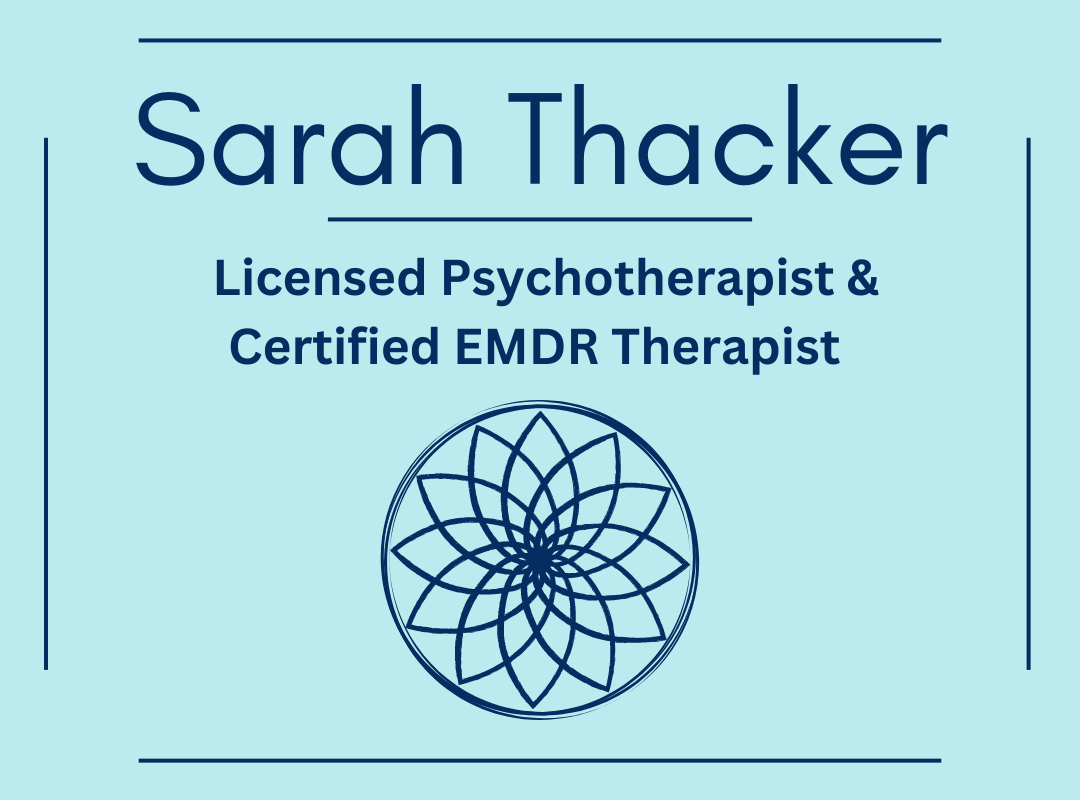Here we are almost at the Autumnal Equinox defining the changing of seasons. With this movement from the warmth and fun energy of the summer into the cool and focused energy of the fall, how to approach change with grace has been on my mind. Within a single moment I have the power to focus on what I perceive as positive about this change such as more work, beautiful scenery, lower electric bill OR what I perceive as negative about this change such as less daylight, looming cold temperatures, less fun to be had roaming around the city. It’s all about my momentary perspective and how I choose to view this particular inevitable change and how that directly impacts my mood state.
Change is constant and may or may not be within our control. Daily, weekly, monthly and yearly, we may potentially experience changes in mood, circumstances, relationships, jobs, weight, finances, seasons, locations and so on. Resistance to change only causes suffering, pain and an increase in discomfort in mind, body and spirit.
Ultimately, our perspective is the most valuable tool we have in creating a powerful mind-shift towards change that can lead to personal growth and personal transformation. When you align with how you want to feel, you align with the flow of change and you can create a perspective that matches your experience. You own this power, no one else can create it for you.
Life is weird. Life is hard. Life is painful. Life is beautiful. Life is miraculous.
These are all true statements and all of them exist as truth at the exact same time. The truth comes from our personal circumstances and individual perspectives. We cannot go through life without adversity and yet we tend to fear and resist it. While we may not welcome or encourage adversity, when you approach it with a mind-shift from resistance to accepting a message about your own personal lesson embedded within the seemingly dark time, it can open you up to the opportunity to develop resilience and create the positive experience of acceptance and growth. Resistance and avoidance only lead to increased fear, pain and suffering. Resilience leads to growth, personal strength and empowerment.
In every life event there is a message, a lesson to be gained and the opportunity for growth and personal evolution. Abraham Maslow (creator of Maslow’s hierarchy of needs) says, “One can choose to go back toward safety or forward toward growth. Growth must be chosen again and again; fear must be overcome again and again.” Forward is the only direction that leads to contentment and inner peace.
What is occurring in your life at this time that you could stand to offer a new internal perspective?
Where could you use a big-time mind-shift?
Creating a powerful mind shift is essentially problem solving in its highest, most productive form.
The most beautiful element of this is that you get a choice. You get to choose as how you will think about, respond to and learn from challenges within your life as they are presented to you.
How do you want to feel?
How do you want to grow?
How do you want to create a mind-shift that opens you up to new possibilities and potential outcomes?
Today, give yourself time to journal. It is said that the way to move from your head to your heart is through your hand. Writing down your challenges and taking time to reflect on this specific challenging circumstance within your life is healing and life enhancing. How can you look at this circumstance with a differently and fresh perspective?
Is there any potential mind-shift that can create a whole new way to approach to this challenge, a whole new perspective for you?
Whatever your present challenge or perspective on change, giving yourself time for self-reflection, self-awareness and self-exploration will lead you closer towards acceptance and contentment. Be kind to yourself throughout this process, this mind-shift is especially difficult to access in times of challenge, however, it is worth the effort to get there.
When it all seems like too much, I use the mantra All Will Be Well to help create the mind-shift. When you know that in the end it will all be ok, so if it’s not ok, it’s not yet the end.
I will be diving into the concepts of positive psychology this fall to help guide the journey towards approaching change with acceptance and growing in resilience. Thank you for reading and stay tuned!
Has shifting your perspective created deeper awareness and acceptance for you? I’d love to hear your story!



